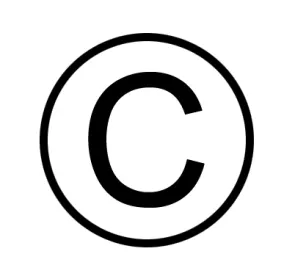Simmons v. Stanberry
The U.S. Court of Appeals for the Second Circuit has held that the Copyright Act’s three-year statute of limitations applies to exclusive licensees thereby precluding a lawsuit against rapper Curtis Jackson, also known as “50 Cent,” and various other defendants. Simmons v. Stanberry, Case No. 14-3106-CV (2d Cir., Jan. 15, 2016) (per curiam) (Winter, J,; Leval, J.; Raggi, J.).
Tyrone Simmons, a writer and performer of hip-hop music, brought the lawsuit against hip-hop producer William C. Stanberry, Jr., rapper 50 Cent and various corporate entities involved in the production and distribution of the 2007 song “I Get Money,” a song produced by Stanberry and recorded by 50 Cent. According to Simmons’s claim, in February 2006 he purchased an exclusive license to a beat from Stanberry. However, when 50 Cent expressed interest in the beat, Stanberry arranged with 50 Cent so they would collaborate in the production of a song employing the beat. Simmons alleged that in May 2007, Stanberry sent him an email informing Simmons that he “no longer had exclusive (or any) rights to the Beat.” 50 Cent’s recording of his song employing the beat was publicly released in the summer of 2007 and enjoyed immediate success. Simmons brought suit in December 2010, claiming that the defendants’ use of the beat infringed on Simmons’ exclusive rights. The district court granted the defendants’ motion to dismiss as time-barred by the Copyright Act’s three-year statute of limitations. 17 U.S.C. § 507(b). Simmons appealed.
The 2d Circuit looked to its 2011 decision in Kwan v. Schein (IP Update, Vol. 14, No. 2), which held that a plaintiff’s copyright claim must be brought “within three years after the claim has accrued,” and that such an ownership claim accrues once “a reasonably diligent plaintiff would have been put on inquiry as to the existence of a right.”
The 2d Circuit rejected Simmons’ argument that this case is distinguishable from Kwan because he is not an owner but an exclusive licensee of the copyright. The court found that the distinction was not material, as the Copyright Act recognizes that an exclusive license is effectively a transfer of ownership over the rights licensed, and that exclusive licensees stand in the shoes of creators for enforcement purposes. Because Simmons waited more than three years to file his claim despite his awareness of Stanberry’s repudiation of the sale, Stanberry’s agreement with 50 Cent for the exploitation of the beat and the release of the allegedly infringing song, the 2d Circuit affirmed the district court’s decision and dismissed his claim as barred by the statute of limitations.



 />i
/>i

